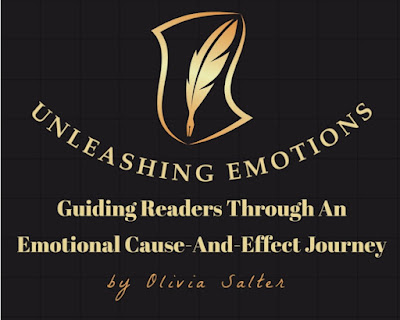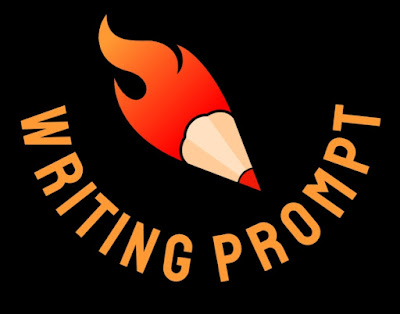Unleashing Emotions: Guiding Readers through an Emotional Cause-and-Effect Journey
by Olivia Salter
Every writer aspires to create a story that captivates readers, leaving a lasting imprint on their hearts and minds. At the core of a compelling narrative lies an emotional cause-and-effect trajectory, which serves as the backbone of engaging storytelling. By strategically weaving emotions and events together, writers can guide readers through a transformative journey that ignites empathy and connection. In this article, we will explore key techniques to help you craft a story that resonates deeply with your audience.
1. Start with a Strong Emotional Hook:
The beginning of any story is crucial to capturing the reader's attention. Introduce a relatable and emotionally charged scene or circumstance that draws readers into the protagonist's world. Whether it is a heart-wrenching loss, an unexpected twist of fate, or a moment of overwhelming joy, make sure the initial emotional impact is palpable.
2. Establish Emotional Stakes for Your Characters:
To ensure readers truly care about your story, it is essential to create genuine emotional stakes for your characters. Consider their desires, fears, and vulnerabilities. By exposing these aspects early on, readers will invest in the characters' journeys and become emotionally attached.
3. Use Cause and Effect to Drive the Narrative:
A powerful narrative thrives on cause and effect. Each action and consequence should have a purpose, directly impacting the emotional trajectory of the story. Ensure that every event or decision made by the characters has far-reaching consequences, driving the narrative forward and enhancing emotional engagement.
4. Balance Conflict and Resolution:
Conflict is the fuel that propels a story forward, but it is the resolution that satisfies the reader's emotional investment. Carefully construct the rise and fall of tension, allowing moments of relief and happiness amidst the challenges. The emotional rollercoaster should be well-paced, allowing readers to experience a range of emotions while always yearning for the next turn of events.
5. Show, Don't Tell:
One of the cardinal rules of effective storytelling is to "show, don't tell." Engage readers' emotions by painting vivid scenes and using sensory details to evoke feelings. Instead of telling readers that a character is heartbroken, show them through their actions, thoughts, and dialogue. Enable readers to experience the emotions alongside the characters, forging a deeper connection.
6. Develop Multi-Dimensional Characters:
Characters who exhibit depth and complexity are more likely to generate emotional investment from readers. Craft layered personalities with flaws, strengths, and relatable qualities. Allow your characters to grow and change throughout the story, fostering empathy and investment in their emotional journeys.
7. Evoke Empathy through Universal Themes:
Connect with readers on a universal level by exploring themes and experiences that resonate across cultures and generations. Love, loss, friendship, and self-discovery are just a few examples of themes that evoke empathy in readers. By tapping into shared human experiences, you can create a story that transcends individual differences and touches readers deeply.
In conclusion, crafting a story that resonates emotionally requires skillful attention to the cause-and-effect trajectory of the narrative. By hooking readers from the start, establishing emotional stakes, utilizing cause and effect, and developing multi-dimensional characters, you can guide readers through a transformative journey. Remember, the power of storytelling lies in its ability to elicit emotions, touch hearts, and leave a lasting impact. Embrace this creative process and watch as your stories take on a life of their own, enriching not only the lives of your readers but also the life of the writer.
👉Fiction Writing books at Amazon








